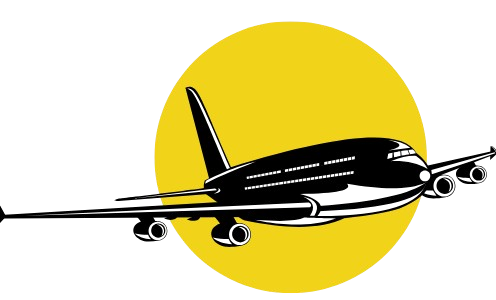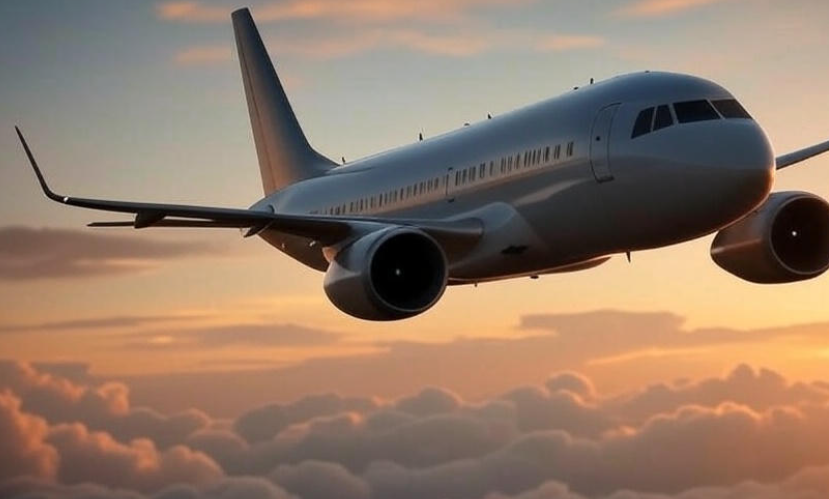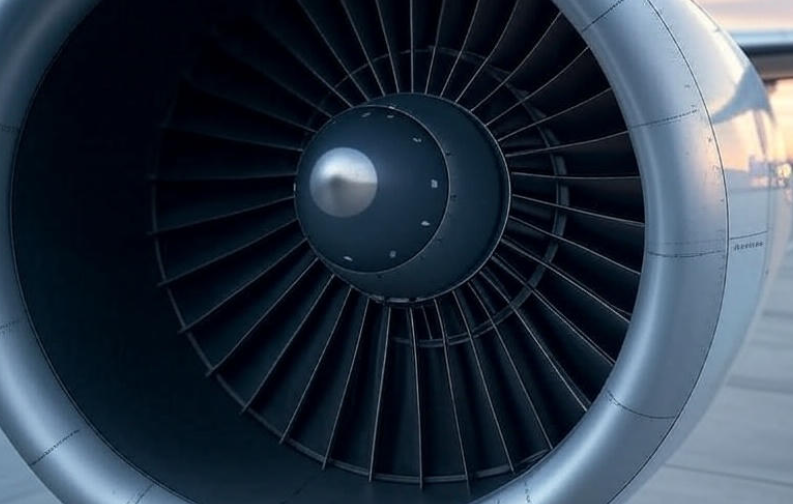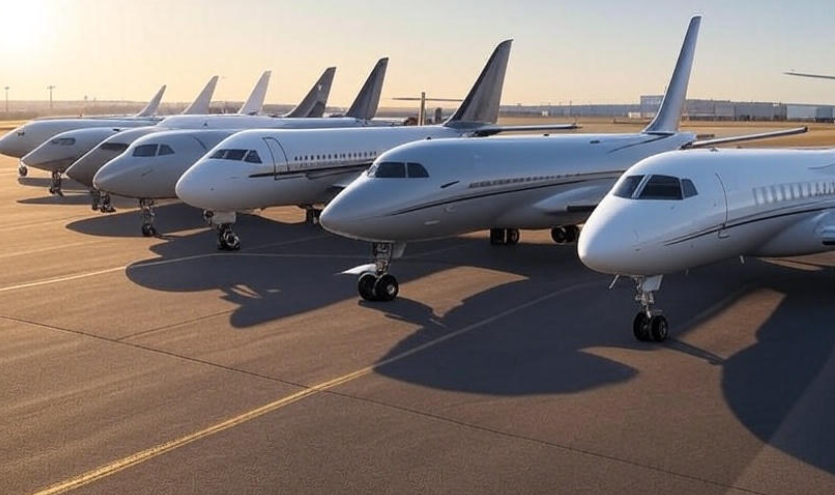When we think about flight safety, the first things that usually come to mind are pilots, air traffic controllers, or perhaps maintenance crews. But there’s a silent hero in every flight that often goes unnoticed: aerodynamics. Without it, airplanes wouldn’t just be unsafe—they wouldn’t even fly. Let’s explore how the invisible forces of air shape the safety of every journey. ✈️
Aerodynamics is more than wings and engines
Most people associate aerodynamics with sleek airplane designs. While design is important, aerodynamics is fundamentally about how air moves around objects. For airplanes, it’s about controlling lift, drag, thrust, and weight. Each of these forces must be perfectly balanced to ensure that the plane flies safely.
-
Lift: The upward force that keeps the airplane in the air.
-
Drag: The resistance the plane experiences moving through air.
-
Thrust: The forward force produced by engines.
-
Weight: The downward force due to gravity.
Even a small miscalculation in any of these forces can affect stability, fuel efficiency, and, most importantly, safety.
Why aerodynamics is crucial in emergencies
Aerodynamics doesn’t just keep planes in the air—it saves lives when things go wrong. Imagine encountering strong turbulence. The plane isn’t just buffeted randomly. Its aerodynamic design helps it cut through air smoothly while maintaining stability. Pilots rely on these design principles to manoeuvre safely, even under challenging conditions.
Wing design matters more than you think
The shape of an airplane’s wings is not random. Engineers spend years perfecting them to optimize both lift and stability. Modern wings often have curved edges and winglets to reduce drag and improve control. This reduces the risk of accidents caused by sudden air pressure changes.
Here’s a simple comparison of wing designs:
| Wing Type | Advantage in Safety | Common Use |
|---|---|---|
| Straight Wings | Stable at low speeds | Small aircraft |
| Swept Wings | Reduced drag at high speeds | Commercial jets |
| Delta Wings | Handles turbulence and high-speed flight | Military jets |
The role of airflow in preventing stalls
A stall happens when airflow over the wings is disrupted, causing the plane to lose lift. This is one of the most dangerous situations in flight. Aerodynamic principles ensure that airflow remains smooth, reducing the risk of stalls. Pilots are trained to react, but the plane’s design does a lot of the work automatically.
Flaps, slats, and spoilers: small parts, big impact
You might think small components like flaps or spoilers are just minor gadgets. In reality, they are critical for safe takeoffs, landings, and emergency maneuvers. By adjusting airflow over the wings, these tools help pilots control lift and speed precisely.
-
Flaps: Increase lift during takeoff and landing.
-
Slats: Prevent stalls at slow speeds.
-
Spoilers: Reduce lift and help with controlled descents.
Weather and aerodynamics: an invisible battle
Weather is a major factor in flight safety. Aerodynamics helps planes deal with wind, rain, and turbulence. For example, during crosswinds, pilots rely on aerodynamic stability to keep the plane on course. The plane’s shape allows it to slice through air efficiently, even in challenging conditions. 🌧️💨
Fuel efficiency and safety go hand in hand
Aerodynamics isn’t just about safety in emergencies. It also ensures fuel-efficient flight paths, which indirectly improve safety. A plane with poor aerodynamics may burn extra fuel, risking weight imbalances or the need for emergency refueling. A well-designed aircraft reduces these risks significantly.
Table: Aerodynamics vs Flight Safety Connection
| Aspect | Safety Impact | Example Scenario |
|---|---|---|
| Wing Shape | Better lift and stability | Smooth takeoffs |
| Airflow Management | Reduced stall risk | Climbing through turbulence |
| Flaps & Slats | Precise control during critical phases | Landing in strong crosswinds |
| Drag Reduction | Efficient fuel use, smoother handling | Long-haul flights |
| Aerodynamic Balance | Overall flight stability | Sudden maneuvers or evasive action |
How pilots and aerodynamics work together
While planes are designed for safety, pilots are trained to understand and leverage aerodynamics. They use instruments to monitor airspeed, angle of attack, and turbulence to make informed decisions. This synergy between human skill and aerodynamic design is what makes air travel remarkably safe today.
Fun fact: Did you know modern aircraft can glide for dozens of miles without engine power? That’s aerodynamics at work, saving lives in rare emergencies. 🛩️
Emerging trends: aerodynamics and future safety
As technology evolves, aerodynamics continues to play a hidden but vital role in safety:
-
Advanced wing designs: New materials allow flexible wings that adapt to turbulence.
-
Smart airflow systems: Sensors help maintain optimal lift and reduce drag in real-time.
-
Electric and hybrid planes: Lighter designs require precise aerodynamic calculations to ensure stability.
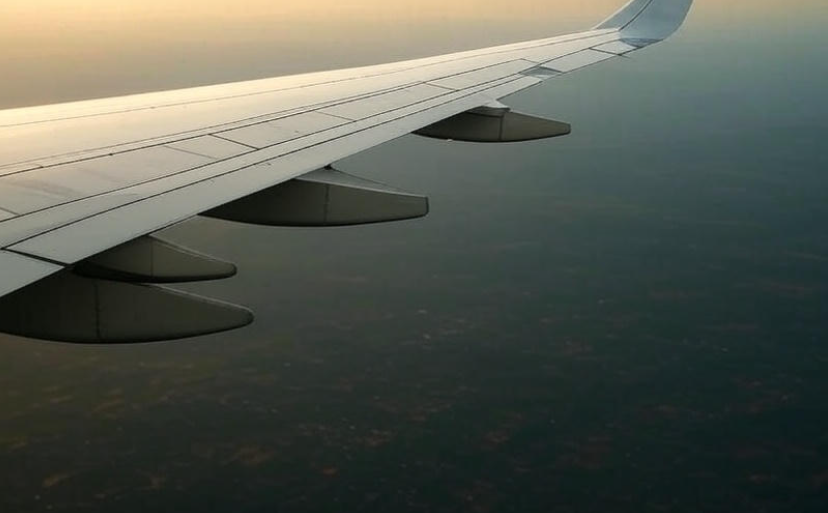
The Hidden Role of Aerodynamics in Flight Safety
FAQs
Q: Can poor aerodynamics cause accidents?
Yes. Poorly designed aircraft or modifications that ignore airflow principles can lead to instability, increased stall risk, or fuel inefficiency.
Q: How do pilots handle turbulence?
Pilots rely on both skill and the plane’s aerodynamic design. By adjusting speed, altitude, and control surfaces, they minimize discomfort and risk.
Q: Are all wings designed the same?
No. Different aircraft have wings tailored for specific purposes—commercial jets prioritize fuel efficiency and stability, while fighter jets focus on agility and speed.
Q: Do weather conditions affect aerodynamics?
Absolutely. Wind, rain, and air density all influence airflow. Aircraft design accounts for these factors to maintain control and safety.
Q: How does aerodynamics improve fuel efficiency?
Smoother airflow reduces drag, meaning engines use less fuel to maintain speed. Efficient fuel use indirectly enhances safety by preventing emergencies related to fuel shortages.
Conclusion
Aerodynamics might be invisible, but it’s one of the most important contributors to flight safety. From wing shape to airflow management, every design choice is a life-saving decision in disguise. So next time you board a plane, remember: the air around you is silently working to keep you safe. 🌟
